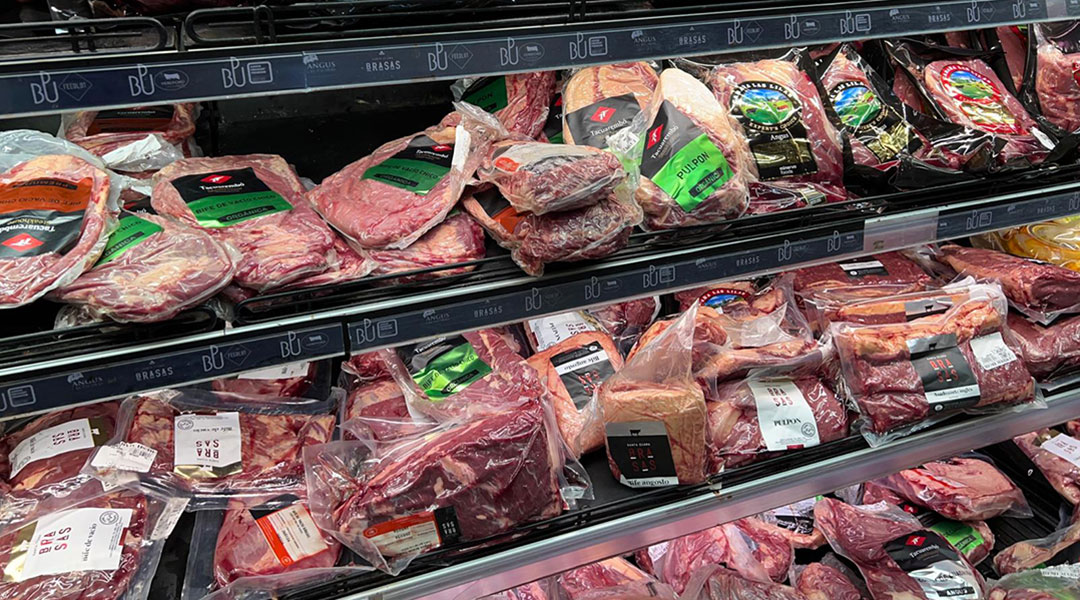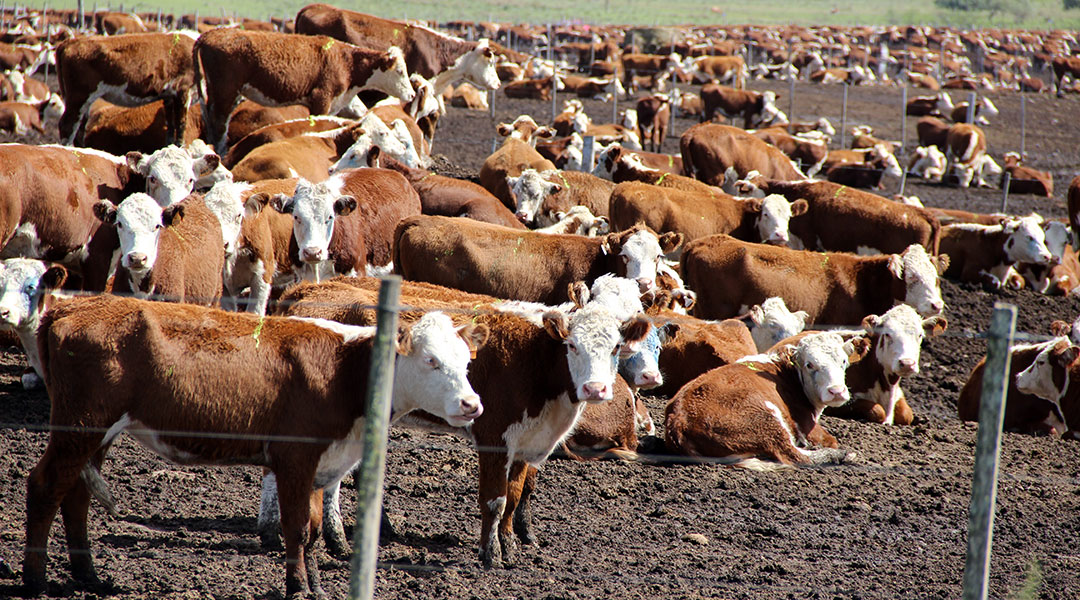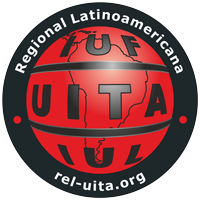Test tube steaks
More than 100 companies in the world are already producing or are set to produce lab-grown meat. The UN Food and Agriculture Organization (FAO) and the World Health Organization (WHO) warn about the potential risks of this activity. Some countries have banned its manufacture, import, and sale, while others are rushing to give it a green light. Today, more than ever before, the food industry is moving toward seizing greater and more comprehensive control over human sustenance.
Carlos Amorín
20 | 2 | 2024

Photo: Gerardo Iglesias
Singapore boasts the first restaurant in the world to feature artificial chicken meat on its menu, following the regulating agency’s authorization of lab-grown meat consumption in late 2020. The synthetic poultry for the restaurant’s “chicken” nuggets is produced by a company based in the US city of San Francisco and headed by a CEO with a catchy last name: Josh Tetrik.
In 2021, Qatar authorized lab-grown meat production in a Free-Trade Zone that is considered offshore and not governed by domestic legislation. So far, it has not authorized the domestic sale of this product.Israel is another country that is moving rapidly toward consolidating this industry’s development and establishment. In fact, it has already opened the first plant in Rehovot, a city some 20 kilometers south of Tel Aviv. The company is owned by Future Meat Technologies and it has a daily production of 500 kilos of beef. It has even been accepted as kosher by the top religious authority.
In mid-2023, the United States Food and Drug Administration (FDA) also greenlighted the production, sale, and consumption of synthetic chicken meat in response to an application by the company Upside Foods. Thus far, only two restaurants are said to be offering it, and only to very exclusive clients, given the very limited supply of the product and its high price.
Test-tube momWhat is synthetic meat? Is it made of plastic? Is it recycled waste? Is it vegetables mutated into meat? Is it vegetarian-friendly? Is it less contaminating than conventional meat? Is it healthy?
Cultured meat is grown in the lab with stem cells extracted from cattle, pork, poultry and other animal tissue. These cells are “fed” into a “bioreactor” with various substances, including fetal bovine serum, myoglobin (a protein very similar to hemoglobin), vitamins, amino acids, fat, and connective tissue, forming what is known as “culture medium”.
From there, various processes and manipulations are conducted to produce a meat that is intended to replace conventional meat. As the stem cells need to grow inside a structure, they are placed in discs with “scaffolds” through which they grow in the manner of a vine, but more compactly. These scaffolds are made of starch, pectins, or other substances that are ultimately present in the end product. The muscular tone of meat is achieved by means of “electric stimulation”.
But is it meat? Technically, it is, just as a GMO seed is still a seed or a cloned sheep is still a sheep. However, it is still too early to know if its organoleptic properties are similar to those of natural meat, or what the potential health implications of long-term consumption may be, or even if its environmental footprint will be smaller or larger than that of conventional production.
Concerned by these questions, FAO and WHO convened a 13-member panel of international experts who met in Singapore, on November 1-4, 2022, to discuss “Food Safety Aspects of Cell-Based Food.”
The resulting report, published in 2023, identifies several potential hazards of what it defines as “cell-based food production,” occurring in four different stages of the process:• Stem cell sourcing
• Production process
• Final “harvesting” of the product
• Further food processing
According to the report, there are 53 sources of potential hazards that can cause problems and negative effects on human health. These include, contamination with heavy metals, microplastics, and nanoplastics, allergens such as additives used to enhance the flavor and texture of these products, the presence of chemical contaminants and toxic compounds, antibiotics, and prions, among others.
While many hazards are not new and are known to exist in conventionally produced food, the experts agree that the focus should be on the specific materials, inputs, ingredients, potential allergens, and equipment¹ that play a special role in cell-based food production.
Monitoring should focus in particular on the control of the process of cell multiplication and growth in bioreactors, as biological components such as growth factors and hormones from animal serum or non-animal origin are used to trigger and accelerate cellular culture.
Some of these substances might interfere with the metabolism, and they have been associated with the development of certain cancers. If confirmed, these effects could be considered particularly serious for human health.
The FAO and WHO expert panel concludes that much information is still lacking, thus making a definitive judgment on the safety of cell-based foods impossible. However, it highlights the importance of this study as a first step toward a full risk assessment of these food products.
Other scientists predict that artificial meat will never replace natural meat, and they point to significant differences in sensory, nutritional, and textural properties, as well as the lack of important steps to improve quality in the transformation of muscle in conventional meat.
Finally, the joint FAO-WHO report calls for caution, as there is still very little concrete information on the safety and health of culture meat.

Photo: Gerardo Iglesias
Besides the issue of the final disposal of waste from the production process, some researchers note that growing food from cells is very energy intensive, and that its environmental footprint is potentially much larger than that of natural production.
The large amount of energy used would generate high emissions of CO2, which remain much longer in the atmosphere than the methane gas produced by cows.Italy is the first European country to ban cell-based meat production by law. At present, the governments of Paraguay and Brazil are considering doing the same, while in Uruguay the Parliament passed an article in its Budget Accountability Act that prohibits “the use of the term ‘meat’ to denote products that contain culture animal cells produced artificially in a laboratory”.
In Argentina, the company Bio Ingeniería en la Fabricación de Elaborados is already producing lab-grown meat on an experimental basis, while the Brazilian company JBS has invested 41 million US dollars in a Spanish factory in San Sebastián, which will operate as a “lab-grown meat plant” with a projected yearly production of around 1,000 metric tons of synthetic meat, and the capacity to expand production to 4,000 metric tons.
JBS announced that it will also invest 60 million US dollars to set up a research institute in southern Brazil where technology to produce protein from animal cells will be developed.
Obviously, sooner rather than later, the more than 100 companies around the world that are already producing or are set to produce lab-grown meat will launch a marketing campaign highlighting the environmental benefits of not using live animals to source meat, as well as the ethical advantages of avoiding the slaughter of living beings.
But we all know that it is about venture capital and investment funds forging forward, moving deeper and deeper into the structure of food production, distribution, and sale.The principle that drives these capitals is the same as always: everything that is possible is good if it generates profit.
Eliminating animal farming, the longest and most-labor intensive stage in meat production, and shifting the entire process into air-conditioned warehouses that reduce production time by ten times or more is, simply, more money in the bag.
Sources:
FAO and OMS; rumiantes.com; Ecoportal; news.agrofy.com.ar/Diario de Luján and own sources.
¹ See, for example, a case described in the book “Our Stolen Future,” written by Theo Colborn, Dianne Dumanoski, and Pete Myers, in which the substances that drove explosive cancer cell growth in a lab culture came from plastic catheters that carried the “food” for those experiments.
